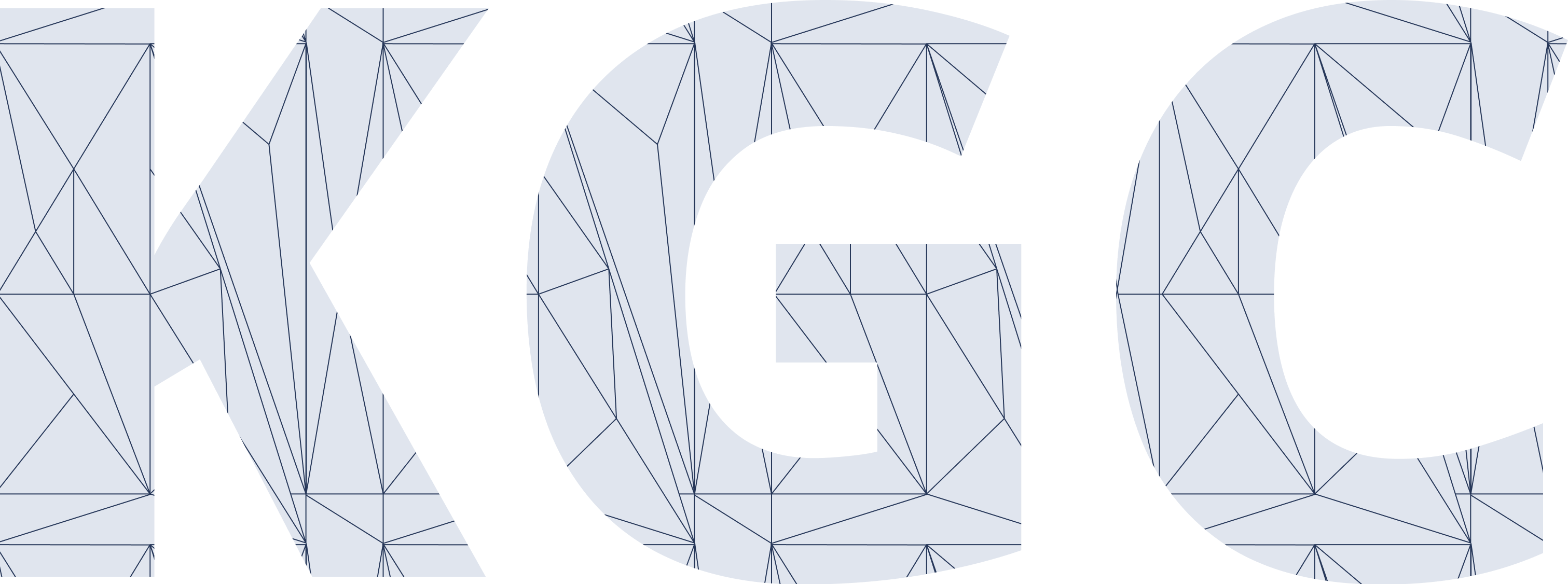Bernhard Krabina
Bernhard Krabina works as a team coordinator in the field of European governance and urban policy at the KDZ – Centre for Public Administration Research in Vienna, Austria. His main areas of work are open government, public governance, and knowledge management.
He is the initiator of Austria’s largest, award-winning transparency portal www.offenerhaushalt.at (Open Spending Austria) where more than 1,000 government institutions publish their spending data which is then interactively visualized. As an active member of the Semantic MediaWiki community, he has developed several knowledge management platforms, such as the Vienna History Wiki. Currently, he is a Ph.D. candidate at the Vienna University of Business and Economics.
2021 Talk: Semantic MediaWiki as Knowledge Graph Interface
Semantic MediaWiki (SMW), which was introduced as early as in 2006, has since gone on to establish a vital community and is currently one of the few semantic wiki solutions still in existence. SMW is an extension of MediaWiki, the software used for Wikipedia and many other projects, resulting in a largely sustainable codebase and ecosystem. There are many reasons why SMW should not be overlooked by the knowledge graph community:
- SMW is capable of directly connecting to several triple stores (Blazegraph, Virtuoso, Jena), which is why it can be considered an interface for entering data into knowledge graphs.
- SMW can use its internal relational database (or ElasticSearch), enabling users to build simple knowledge graphs without in-depth knowledge about triple stores.
- SMW has the built-in capability of exporting to RDF including building complete RDF data dumps that can be imported into existing knowledge graphs.
- SMW has the capability to reuse existing ontologies by importing vocabularies and providing unique identifiers.
- The explicit semantic content of Semantic MediaWiki is formally interpreted in the OWL DL ontology language and is made available in XML/RDF format.
- A simple internal query language is available to query the internal knowledge graph from within SMW, without the requirement of having a SPARQL endpoint. However, extensions for implementing SPARQL in SMW are available as well.
- SMW has the capability to enable data curation for experienced users responsible for the ontology as well as simple form-based input for regular users that can easily populate the KG with data.
- There are several approaches to visualizing data in SMW, thus making the knowledge graph visible and interactive.
- Implementing custom ontologies in SMW is quite easy, everything is built-in wiki pages (e.g. definition of properties and datatypes, forms and templates).
- SMW has low barriers to implementation as it is a clean extension to MediaWiki, which is PHP software running on regular web hosts.
In the talk, I will give an overview of the mentioned aspects and highlight some main differences to Wikibase – which is an alternative approach for managing structured data in MediaWiki – as well as the current limitations of SMW.

